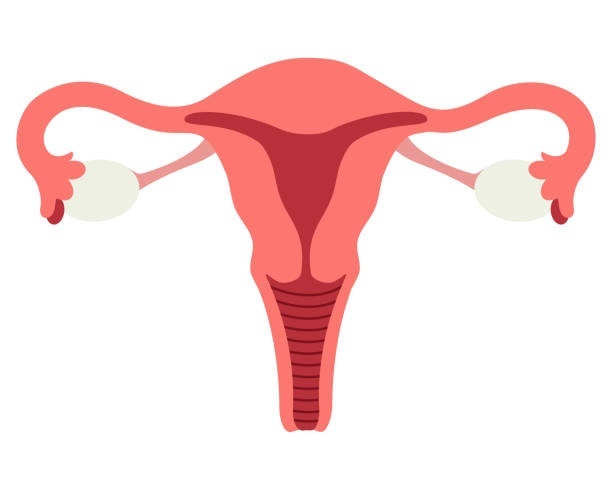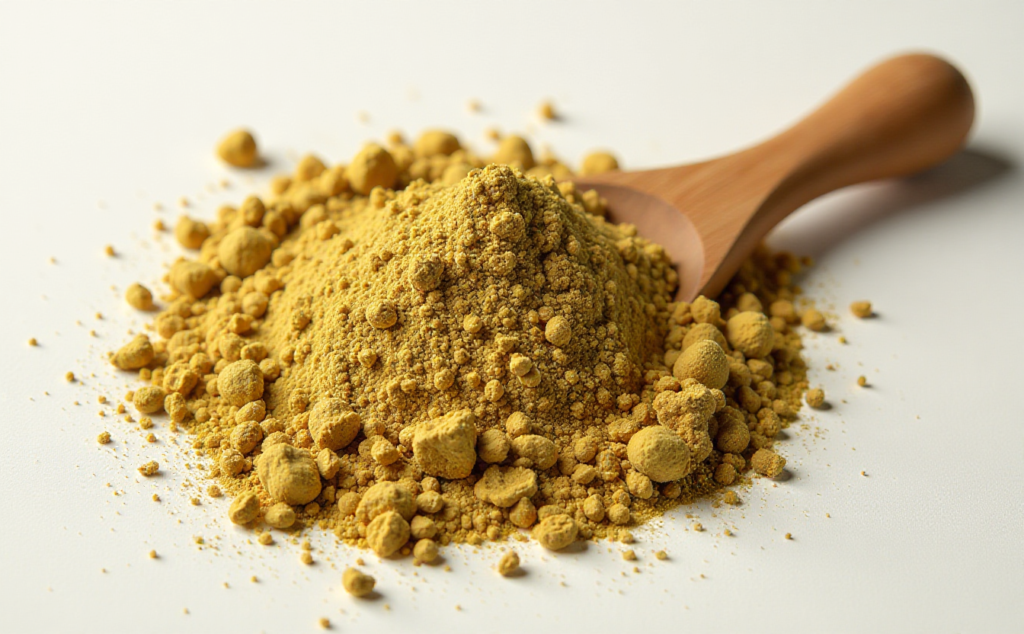A Comprehensive Overview of period
Menstruation, often referred to as a woman’s monthly period, is a natural biological process that occurs as part of the reproductive cycle in individuals with a uterus. This article aims to provide an in-depth understanding of menstruation, its causes, prevention, and treatment through Ayurveda
Table of Contents
What is Menstruation?
Menstruation is the process through which the body sheds the lining of the uterus at the end of each menstrual cycle when pregnancy does not occur. Menstrual cycles typically last between 21 to 35 days, with the average period lasting about 3 to 7 days. The cycle is regulated by hormones, including estrogen and progesterone, which are produced by the ovaries.
Menstruation, also called a period, is when your body releases the lining of your uterus every month. During this time, blood and tissue from inside the uterus flow out through the cervix and leave your body through the vagina.
This process is controlled by hormones, which are chemicals that send messages in your body. The pituitary gland in your brain and your ovaries work together to release these hormones during your menstrual cycle.

The hormones help your uterus prepare for a possible pregnancy by making its lining thicker. signal your ovaries to release an egg, a process called ovulation. The egg travels through the fallopian tubes, waiting to meet sperm. If the egg isn’t fertilized by sperm, pregnancy doesn’t happen. As a result, the uterus sheds its lining, which comes out as your period.
Key Phases of the Menstrual Cycle:
- Menstrual Phase: This is the beginning of the cycle, marked by the shedding of the uterine lining. During this phase, menstrual blood, which consists of blood, vaginal secretions, and tissue, leaves the body through the vagina.
- Follicular Phase: Following menstruation, the body prepares for a possible pregnancy. The pituitary gland releases follicle-stimulating hormone (FSH), stimulating the growth of ovarian follicles, which can develop into eggs.
- Ovulation: Around the midpoint of the cycle, a surge in luteinizing hormone (LH) causes the most mature follicle to release an egg. This process is known as ovulation, typically occurring about 14 days before the next period begins.
- Luteal Phase: After ovulation, the empty follicle transforms into the corpus luteum, which releases progesterone to prepare the uterine lining for potential implantation of a fertilized egg. If fertilization does not occur, hormone levels drop, leading to the start of menstruation.
Causes of Menstruation
Menstruation occurs primarily due to hormonal changes in the body. However, several factors can influence these hormonal fluctuations:
- Puberty: The onset of menstruation, known as menarche, occurs usually between ages 9 and 16, marking the beginning of a female’s reproductive years.
- Age: Hormonal changes in middle age can lead to irregular cycles, eventually resulting in menopause.
- Health Conditions: Conditions such as polycystic ovary syndrome (PCOS), endometriosis, and thyroid disorders can affect the menstrual cycle.
- Lifestyle Factors: Stress, diet, exercise, and weight changes can also impact the regulation of menstrual cycles and overall menstrual health.
Prevention and Treatment or irregular Menstruation through Ayurveda
Ayurveda, the ancient Indian system of medicine, offers a holistic approach to managing menstruation through lifestyle changes, dietary recommendations, and herbal remedies. Here are some Ayurvedic principles to support menstrual health:
1. Diet:
Ayurvedic practitioners recommend a diet that balances the three doshas (Vata, Pitta, and Kapha) to support reproductive health.
- Vata-Pacifying Foods: Warm, moist foods like stews, soups, and cooked grains help calm Vata dosha, which can become aggravated during menstruation.
- Pitta-Balancing Foods: Incorporate cooling foods such as cucumbers, melons, and leafy greens to balance Pitta, especially if experiencing inflammation or irritation.
- Kapha-Reducing Foods: Light, stimulating foods such as spices, vegetables, and legumes counterbalance Kapha, especially if experiencing heaviness during menstruation.
2. Herbs:

Ashwagandha: An adaptogen that helps reduce stress, promote balance, and support overall reproductive health.
Shatavari: Known to support female vitality, it nourishes the reproductive system and can help regulate the menstrual cycle.
Ginger: This common kitchen herb has anti-inflammatory properties that can alleviate menstrual cramps and provide comfort.
Certain Ayurvedic herbs are revered for their ability to ease menstrual discomfort and regulate the cycle:
3. Lifestyle Modifications:
- Mindfulness and Yoga: Incorporating gentle yoga and meditation can help reduce stress and promote emotional well-being.
- Regular Exercise: Maintaining a moderate exercise routine helps to stimulate blood circulation and maintain hormonal balance.
- Adequate Rest: Ensuring sufficient sleep helps to rejuvenate the body and maintain energy levels during menstruation.
4. Regular Detoxification:
Periodic detoxification is a core principle in Ayurveda. Herbal detox programs can assist in maintaining optimal hormonal balance and overall reproductive health.
Summary
Understanding menstruation and its biological significance is crucial for fostering awareness of women’s health. This natural process results from intricate hormonal changes, with various factors influencing its regularity and health. Ayurveda presents a comprehensive approach to managing menstrual health through dietary and lifestyle practices, promoting balance and well-being during this essential aspect of the reproductive cycle.
By recognizing the importance of menstruation and how it connects to overall health, individuals can navigate their cycles with greater insight and care. Whether through dietary moderation, herbal support, or lifestyle adjustments, the journey through menstruation can be made smoother and more understood.
FAQs menstrual
1. When is a girl menstruating?
A girl is menstruating when her body sheds the uterine lining, resulting in bleeding from the vagina, usually lasting 3-7 days.
2. Can I get pregnant 2 days after my period?
Yes, it’s possible, though less likely. Ovulation can occur earlier, and sperm can survive in the body for up to 5 days.
3. How many days is menstruation?
Menstruation typically lasts 3-7 days but varies for each person.
4. Is menstruation not pregnant?
Yes, menstruation indicates that a woman is not pregnant, as the uterine lining is shed when no fertilized egg implants.
5. What is a period for boys?
Boys do not menstruate. “Period for boys” is often used metaphorically to discuss mood changes or hormonal fluctuations.
6. How to confirm whether sperm went inside?
It’s not easy to confirm without medical tests. If concerned, consult a doctor or take emergency contraception if pregnancy is a concern.
7. At what age do periods stop?
Periods usually stop during menopause, typically between ages 45-55.
8. Why do periods hurt?
Period pain occurs due to uterine contractions that help shed the uterine lining. Hormonal changes can also contribute.
9. What is period blood made of?
Period blood consists of blood, uterine tissue, cervical mucus, and vaginal secretions.
10. Can my boyfriend feel my period symptoms?
Your boyfriend won’t physically feel your symptoms, but he may notice emotional or behavioral changes if he is empathetic.
11. How to talk to girls about periods?
Be respectful, open-minded, and avoid making jokes. Use accurate information and create a comfortable environment.
12. Do boys see their period?
No, boys do not menstruate as they lack a uterus.
13. Is period blood 100% blood?
No, period blood is a mix of blood, uterine tissue, and other fluids.
14. Can a pregnant woman see her period?
No, pregnant women do not menstruate, but some may experience light bleeding, which is not a period.
15. Can you donate period blood?
No, period blood cannot be donated as it is not pure blood and contains uterine tissue.
